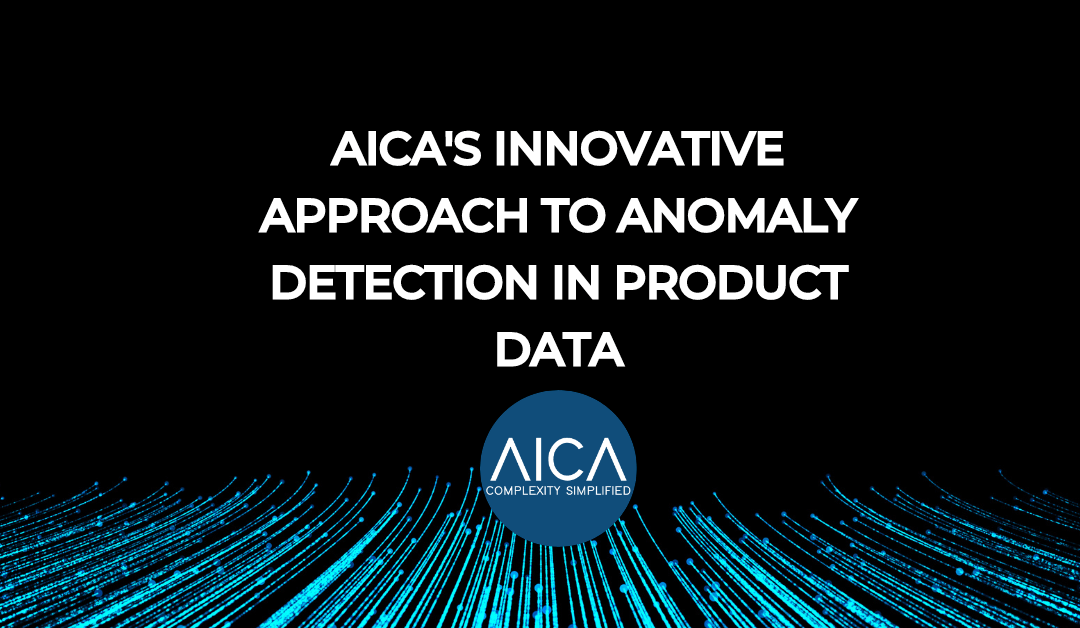In a huge dataset, anomalies can be like finding a needle in a haystack. Yet, for businesses, these anomalies often signal potential issues that can greatly affect product quality, user satisfaction, or system performance.
AICA has pioneered an innovative approach by integrating Six Sigma principles with machine learning algorithms to detect anomalies within product data.
Bridging the Gap between Tradition and Innovation
Historically, Six Sigma has been a revered methodology for process improvement, aiming to reduce variability and defects. Rooted in statistical analysis, it seeks to ensure that processes produce no more than 3.4 defects per million opportunities.
On the other hand, machine learning has emerged as a potent tool for making predictions or decisions without being explicitly programmed for the task. Machine learning algorithms learn from patterns and can make accurate predictions or decisions when faced with new data.
Our visionary step was to meld these two realms, creating a symbiotic relationship where ML meets Six Sigma.
How it Works?
AICA’s system starts with the foundational DMAIC (Define, Measure, Analyze, Improve, Control) approach of Six Sigma:
Define: Our algorithm first understands what constitutes an anomaly within the product data context.
Measure: Bas ML models then sift through the data, seeking patterns and deviations. The power of algorithms comes to the fore here, analysing vast datasets far quicker and deeper than traditional methods.
Improve: Based on the insights from the analysis phase, the ML model is fine-tuned to improve its anomaly detection rate.
Control: The improved model is then deployed, ensuring continuous monitoring and real-time anomaly detection.
Advantages of AICA’s Approach
Scalability
By utilising machine learning, we can handle vast amounts of product data, scaling up as the data grows.
Real-time Analysis
Unlike traditional methods that might require periodic manual checks, our system offers real-time anomaly detection.
Reduced False Positives
The accuracy of machine learning, combined with Six Sigma’s rigorous standards, ensures that the rate of false positives is minimal.
Continuous Learning: The model continues to learn from new data, evolving and adapting to changes.
To Conclude: A Paradigm Shift in Quality Control
Our fusion of Six Sigma with our ML algorithms isn’t just an incremental improvement; it’s a paradigm shift in how businesses can approach quality control and anomaly detection. By ensuring product data integrity, AICA not only bolsters product quality but also enhances user trust and satisfaction.
As more businesses realise the potential of combining traditional process improvement methodologies with the latest in tech, our approach is set to become the gold standard in product data integrity and anomaly detection.
